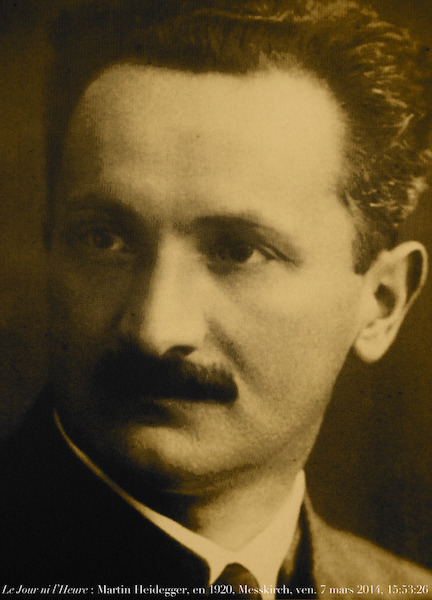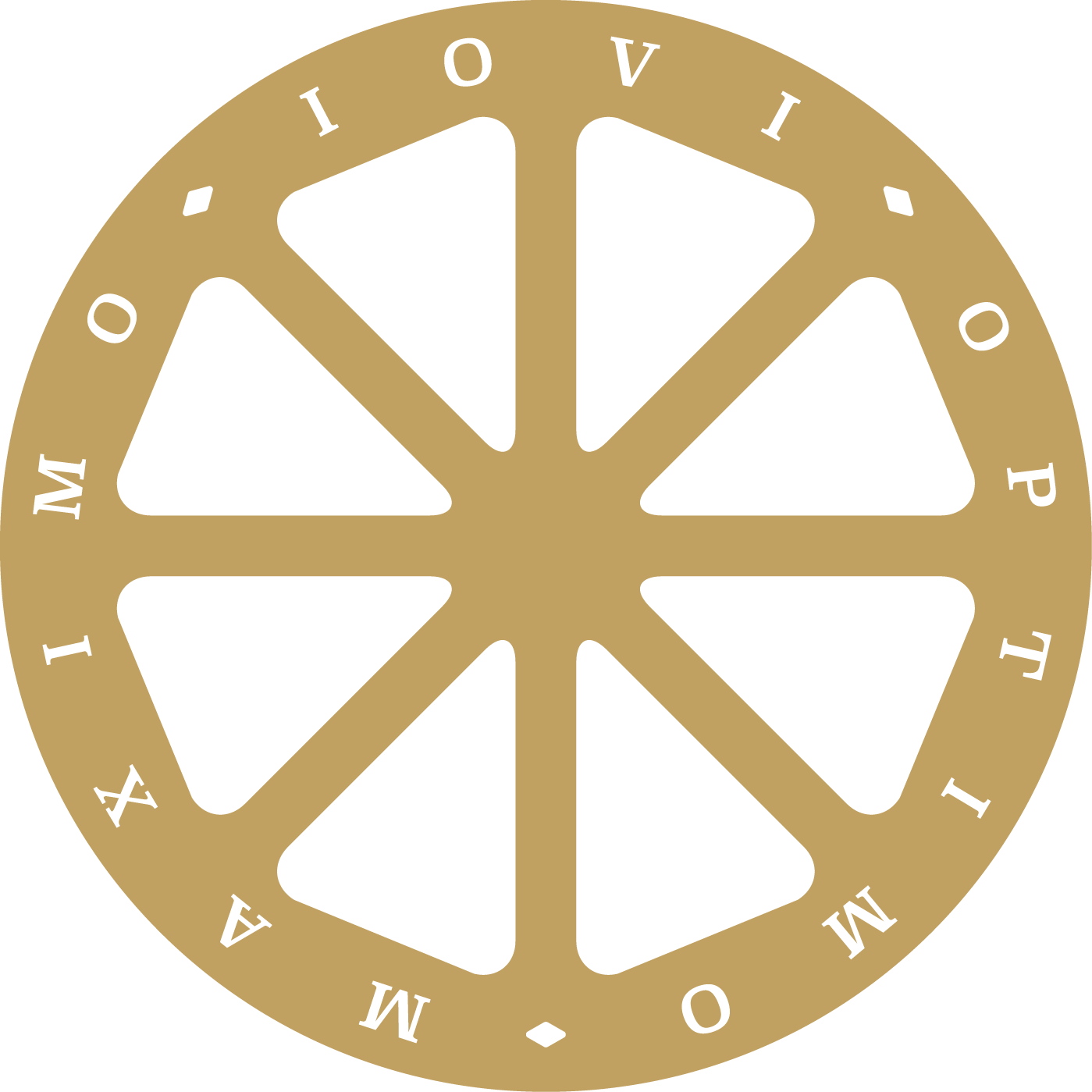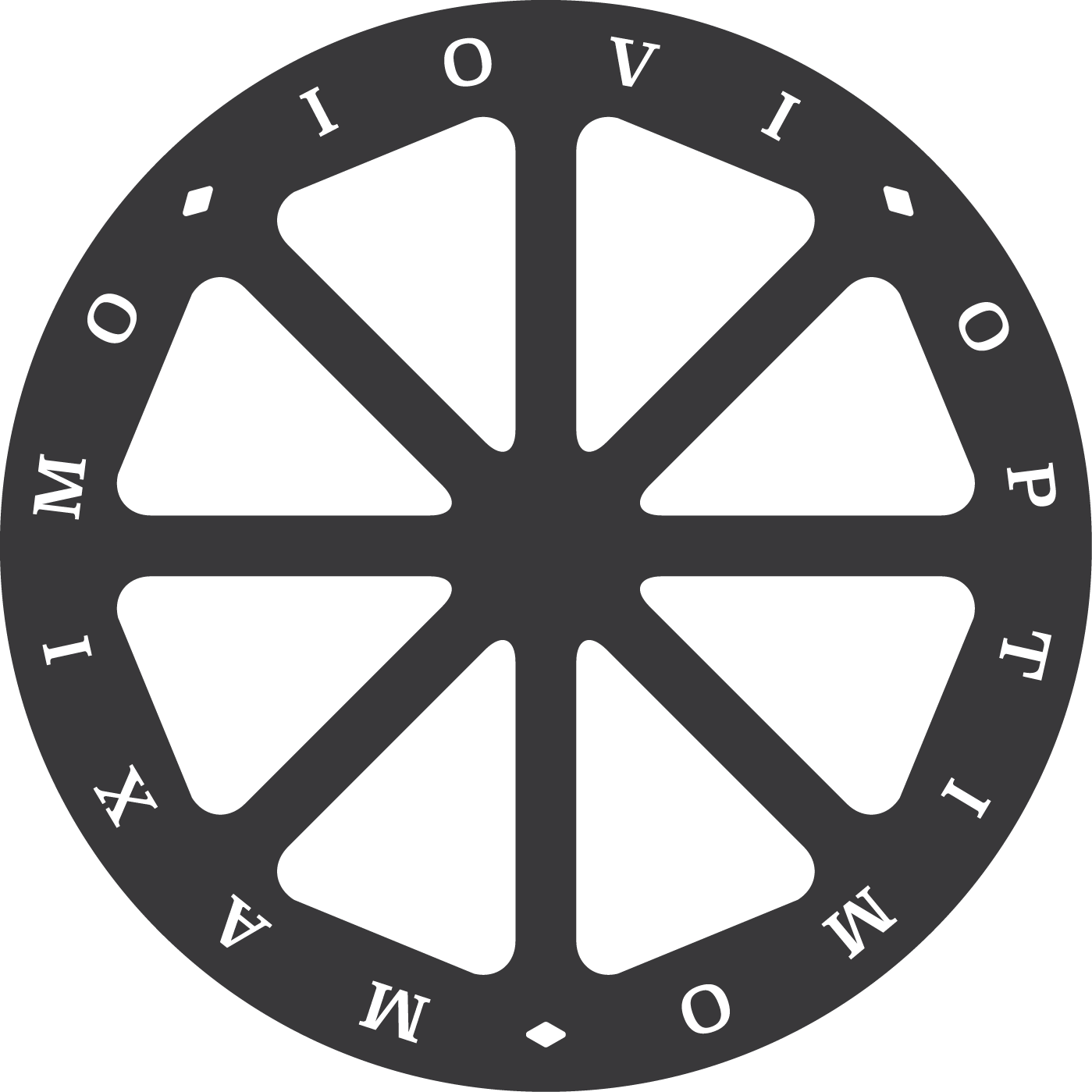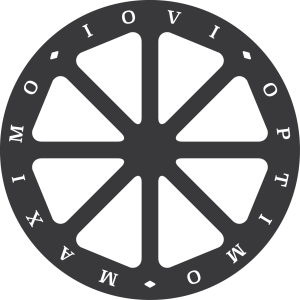
Platone a Colmar
Una lettura gnostica de L’essenza della verità di Heidegger
in «InCircolo – Rivista di filosofia e culture»
Numero 4 – Dicembre 2017
Pagine 111-129
*******
Abstract del saggio:
«The gnostic fundament of Martin Heidegger’s thought not only comes out of Geworfenheit which is treated in Sein und Zeit, but also out of all from the most important concepts of his philosophy: from the truth as ἀλήθεια to the ontological difference. One of the texts which better expresses such a root is the university course Heidegger dedicated to Plato in the winter semester 1931/32. Theaetetus and The Republic analysis, the ascent to the sun of knowledge consists of an ontological way from the darkness to the light. The paper attempts to pick up and argue the gnostic dimension spreading throughout this course, even if paying attention to the development of the Heidegger’s philosophy in its entirety. A peculiar figurative example of such a dimension is The Isenheim Altarpiece of Matthias Grünewald».
*******
Indice del saggio:
Premessa
1. Idea e Un-verborgenheit
2. Gnosi e ontologia
3. La Gnosi al di là del bene e del male
4. Gnosi, verità, tempo
Immagine
Bibliografia






1 commento
agbiuso
Gabriele Münnix ha curato un volume dedicato alla questione del tradurre: Über-Setzen. Sprachendiversität und interkulturelle Hermeneutik (Verlag Karl Aber, Freiburg-München 2017). Uno dei saggi è dedicato alla traduzione filosofica, in particolare alla traduzione di Sein und Zeit di Alfredo Marini. L’autrice è Lavinia Heller (Università di Graz), la quale discute anche una mia recensione al lavoro di Marini. Questo è il link ad alcune delle pagine del libro: Philosophen übersetzen – Schleiermachers Platon und Marinis Heidegger. Zur Genese von Methoden philosophischer Übersetzung.